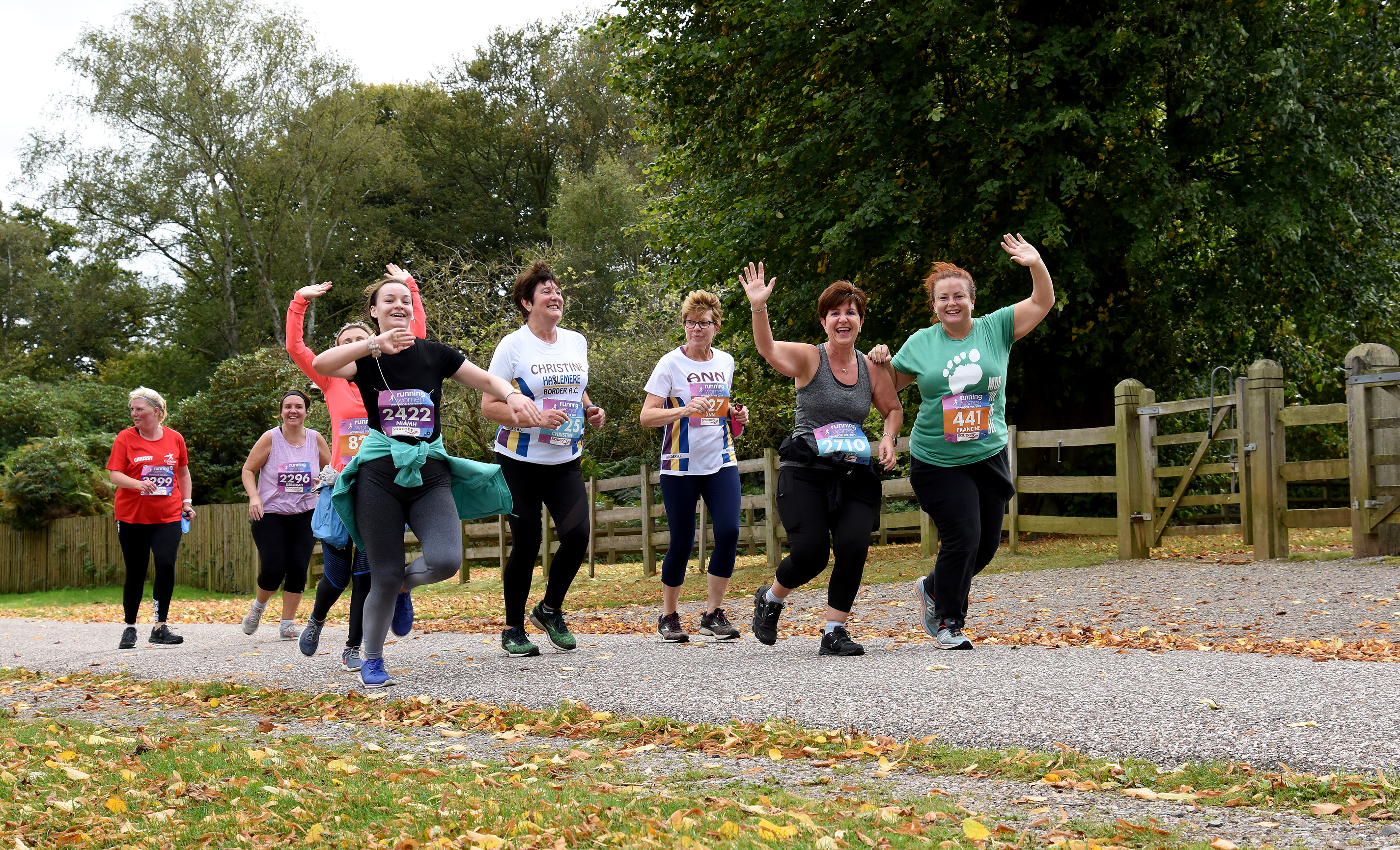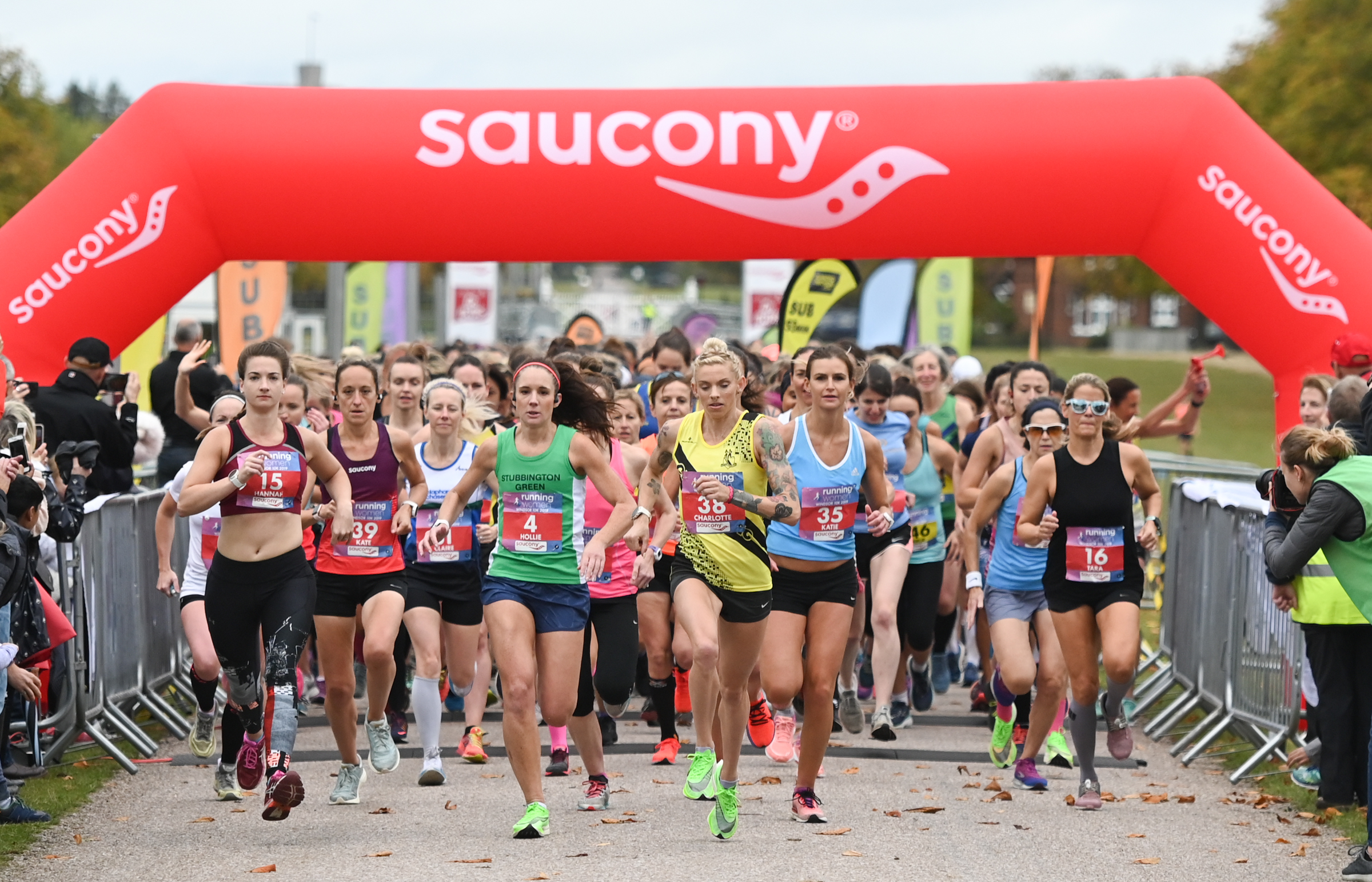HIIT or SMIT – Interval Training For Runners
HIIT or SMIT? Meet two different forms of interval training for runners. Most of us already know that we should include some form of speed work into our running programme for fitness, fat loss, race performance and weight management. Which kind of interval training should you do?
There are lots of different ways to perform interval training for running. Here are some of the most common forms of speedwork for runners.
Fartlek
This is an informal approach to speedwork, suitable for inclusion in longer runs, or where you don’t have access to a running track. With fartlek training, you select your distance and speed, and perform repetitions to a perceived rate of exertion. For example, you might choose to speed up between lamp-posts, then jog to the next lamp-post, before repeating.
Race Pace
This is a specific type of speedwork used as part of running race training. It can be done on a running track or applied to entire training runs out on the road, and can be used for any race distance from 5kms up to marathons.
Track Sessions
There’s a track session for every goal, but the thing they all share is that they’re performed at an official running track: 400m, with several lanes, and running-track etiquett.
Hill Reps
Great for working on speed, power and strength, hill reps are exactly as they sound: repetitions of fast-paced running up a short stretch of steep hill, followed by recovery walk or jog back down.
HIIT
High-Intensity Interval Training involves short periods of intense effort and even shorter periods of medium-effort recovery (Tabata training falls into this category).
SMIT
Supramaximal Interval Training is similar to HIIT but involves maximum effort work periods followed by longer rest periods during which you recover almost fully.
How to perform HIIT and SMIT for improving running performance and fat loss:
At first glance, HIIT and SMIT might seem pretty similar. But there are significant differences to how you should use these sessions and the results they’ll bring. One thing’s for sure: they will both do wonders for your every day running pace, your race day performance, your weight loss and your body fat levels!
To do HIIT (high-intensity interval training), you’ll need to repeat short periods of intense effort (about 70-80% of max) with even shorter periods of lower-intensity effort (about 50% of max) for recovery. There are quite a few official ways to do HIIT, but two of the most popular are using a 2:1 ratio of effort/recovery (so, if you did 30 seconds effort, you’d take 15 seconds rest before repeating), and Tabata (a set protocol of 20 seconds effort, 10 seconds recovery, repeated 8 times for a total of 4 minutes).
As you can see, HIIT sessions are short but feel tough, because you never give yourself time to properly recover between intervals. In this way, the body works really hard for the entire time, even though you get a chance to get your breath back. HIIT sessions are rarely longer than 20 minutes. They’re best done on a treadmill or running track so you can completely control the short bursts of effort without having to worry about traffic, obstacles or running surface.
What about SMIT?
SMIT is less structured in terms of timings, but harder in terms of effort. The way SMIT works is by really challenging your VO2 max and forcing physiological adaptation. So, you need to push yourself beyond your VO2 max during the efforts. You could use a heart rate monitor to assess effort, or just perceived rate of exertion. You need to be working as hard as possible. Hill sprints and short track sprints or shuttle runs are ideal for performing effective SMIT. Make sure the efforts are really intense – at 100% of your max. You can then recover fully between efforts, walking or even standing still if you need to.
Why not give HIIT or SMIT a go this week! The sessions are tough, but incredible for fat loss, running performance and fitness. Do one session a week for 2-4 weeks and then add a second session if you are recovering well. You’ll notice a change in your cardiovascular fitness, body fat levels and regular running pace within a week or two.
Similar Posts:
- HIIT or SMIT – Interval Training For Runners
- Try These 4 Fat Burning Running Sessions
- 5 Training Techniques For Your Best Ever 10K Race
- Train For Your First Sub-60 10K
- 3 Running Workouts For When Things Get Hectic
- How To Run Your Fastest 10K Yet




Add Comment